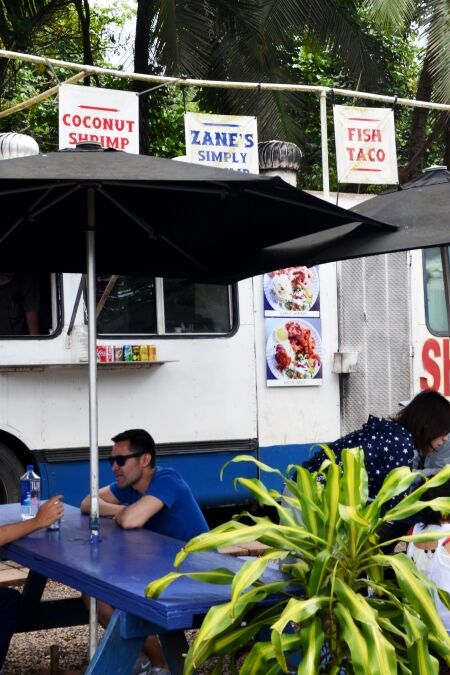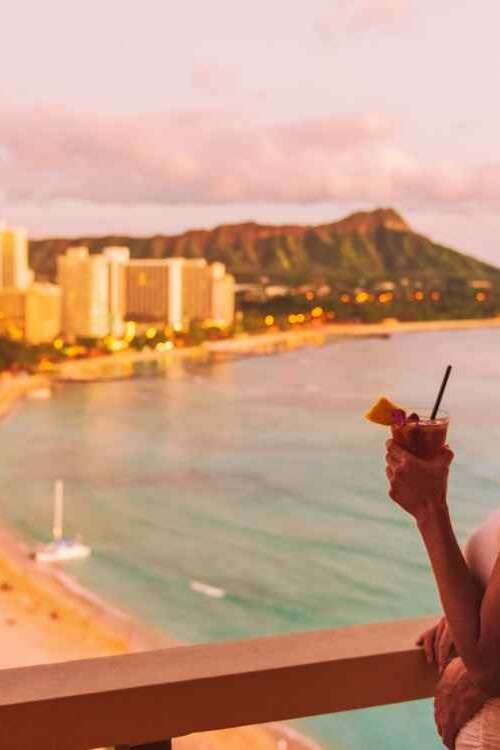Peahi, famously known as “Jaws,” is a renowned surfing destination located on Maui’s rugged north shore. This iconic spot is celebrated for its massive waves, attracting surfers from around the globe who seek the thrill of tackling some of the most powerful swells on Earth. In this guide, we’ll explore everything you need to know about visiting Peahi, from its legendary surf conditions and prime viewing spots to local tips and nearby attractions, ensuring you make the most of your adventure to this world-famous surf haven.
Highlights
- Peahi is world-renowned for its massive waves, making it a must-visit for surfing enthusiasts looking to witness or tackle some of the biggest swells in the world.
- The dramatic coastal cliffs and expansive ocean views at Peahi provide stunning photographic opportunities and a picturesque backdrop for any visit.
- During the winter months, Peahi offers excellent whale-watching opportunities, with humpback whales frequently seen in the waters off the coast.
- For adventurous travelers, Peahi has rugged hiking trails that lead to some of the most breathtaking vantage points, offering unparalleled views of the coastline and ocean.
- The area is relatively secluded, providing a more intimate and less crowded beach experience compared to other popular spots in Maui.
History
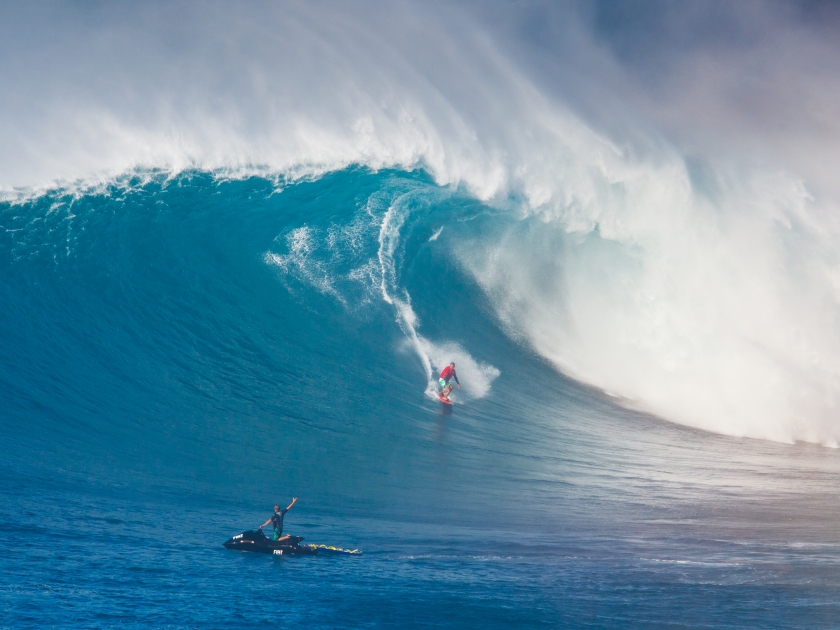
Ancient Hawaiian Heritage
The name Peahi refers to an ancient Hawaiian land area, or ahupuaʻa, that extended from the slopes of Haleakalā to the sea. This region was crucial to the local people, who depended on its fresh water for sustenance and agriculture. The deep connection between the land and its people is an integral part of Peahi’s heritage.
The Emergence of Jaws
The surf break known today as Jaws was relatively obscure until the 1970s. A group of pioneering surfers, including John Roberson, John Lemus, and John Potterick, discovered this spot and were met with colossal waves that defied their expectations. The unpredictable and formidable nature of these waves led them to compare the experience to a shark attack, earning the spot its iconic name, inspired by the famous movie.
Revolutionizing Big Wave Surfing
The discovery of Jaws was a watershed moment in the world of surfing. The sheer size and power of the waves pushed the boundaries of what was previously thought possible. Surfers began to innovate with new techniques and equipment to ride these giant swells:
- Tow-in Surfing: Introduced by Laird Hamilton, this technique involves being pulled into the wave by a jet ski, allowing surfers to catch waves too large to paddle into manually.
- Big Wave Boards: These specially designed boards are longer, wider, and thicker than traditional shortboards, providing enhanced stability and buoyancy essential for tackling massive waves.
Cultural and Historical Significance
While Jaws is celebrated for its extreme surfing, it’s vital to appreciate the cultural significance of the area. The Native Hawaiian people have a profound connection to this land and sea. Preserving their traditions and respecting their heritage is crucial as we marvel at the power and beauty of Peahi.
The Surfing Experience
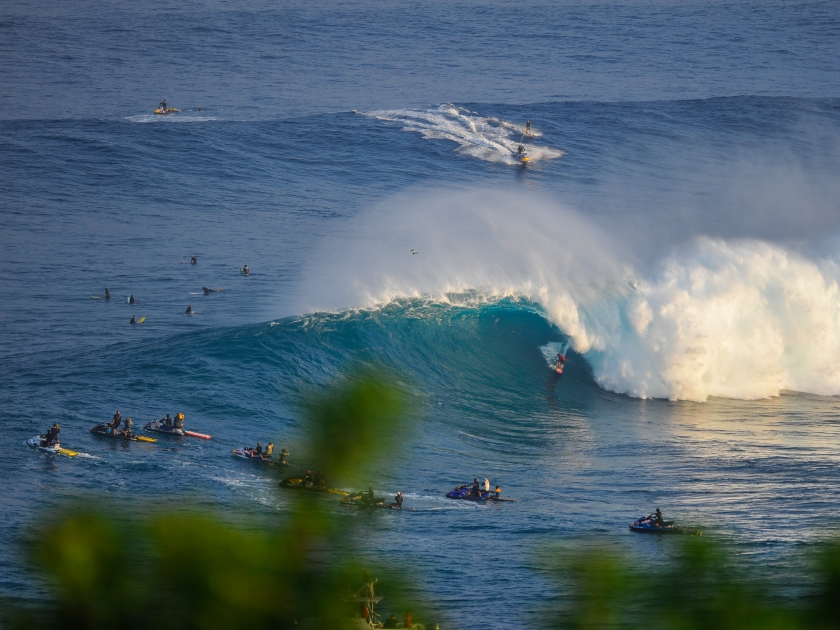
Peahi’s waves are legendary for their sheer size and power, earning the spot its nickname, “Jaws.” Known for towering swells that can reach up to 60 feet during peak season, Peahi offers an exhilarating challenge for experienced surfers. The spot hosts prestigious surfing events, including the Jaws Big Wave Championship, drawing elite riders from around the world. While the surf here is a spectacle to behold, safety is paramount: both surfers and spectators should exercise caution, respect local guidelines, and be aware of the dangerous conditions that accompany these colossal waves.
Best Viewing Spots
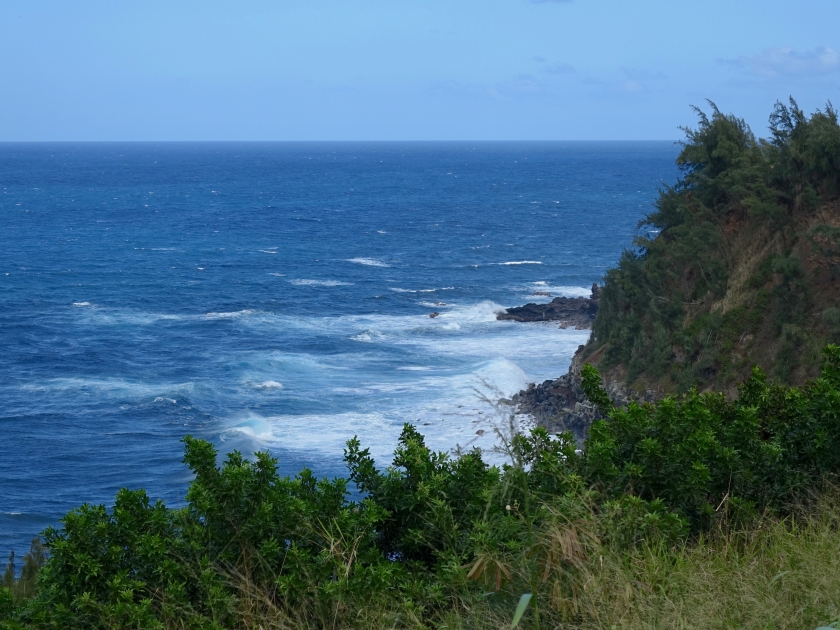
For the best views of Peahi’s massive waves and daring surfers, head to the designated lookout areas along the coastal cliffs. These vantage points offer sweeping vistas of the action from a safe distance. To capture the perfect photo, bring a zoom lens to get close-up shots of the waves and surfers without compromising your safety. Remember to stay behind barriers and follow local guidelines to ensure your safety while enjoying the breathtaking spectacle of Jaws in action.
Tips for Visiting
- Respect Local Guidelines: Follow any posted signs and instructions from local authorities to ensure your safety and that of others.
- Stay at a Safe Distance: View the surf from designated lookout points to avoid dangerous conditions and protect yourself from large waves.
- Bring Appropriate Gear: Pack essentials such as a zoom lens for photography, sunscreen, water, and sturdy footwear for rocky areas.
- Check Weather and Surf Conditions: Monitor local surf reports and weather forecasts to choose the best time for your visit and ensure safe conditions.
- Prepare for Crowds: Peahi can attract large numbers of visitors, especially during peak surf season. Arrive early to secure a good viewing spot and avoid heavy traffic.
- Support Local Businesses: Enjoy dining and shopping at nearby establishments to enhance your experience and support the local economy.
Seasonal Highlights
The best time to visit Peahi for surfing is during the winter months, from November to March when the north shore experiences its most impressive swells. During this period, the wave conditions at Jaws reach their peak, offering the thrilling big waves that the spot is famous for. Weather patterns in winter bring consistent storms and strong trade winds, creating ideal conditions for massive surf. However, visiting outside of this peak season, from April to October, offers milder waves and fewer crowds, making it a great time for sightseeing and enjoying the stunning coastal scenery without the intense surf.
Things to Do Nearby
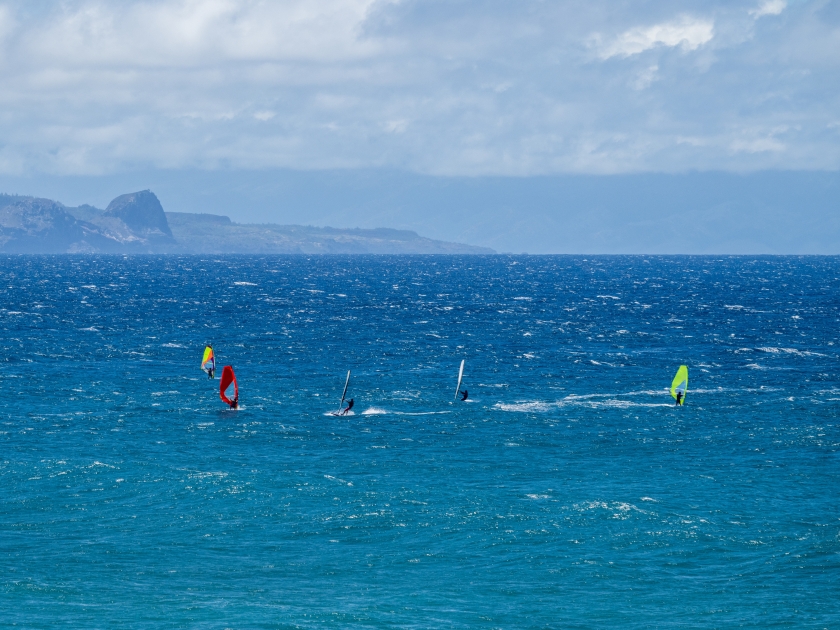
Nearby Peahi, you’ll find a wealth of attractions to enhance your visit. Explore Ho’okipa Beach for its stunning views and world-class windsurfing opportunities, or take a scenic drive along Hana Highway to experience Maui’s lush landscapes and hidden waterfalls. After a day of adventure, enjoy dining at local restaurants offering fresh seafood and Hawaiian specialties, and find comfortable accommodations ranging from cozy inns to luxurious resorts, all conveniently located near Peahi to ensure a memorable stay.
Peahi in Popular Culture
Peahi, or “Jaws,” has cemented its place in popular culture through numerous media appearances, including documentaries and films that highlight its colossal waves and the bravery of the surfers who tackle them. Its dramatic surf conditions have been featured in acclaimed surf films and TV shows, showcasing the raw power and beauty of the waves. This exposure has significantly influenced surf culture and tourism, drawing enthusiasts and adventure seekers from around the world to witness and experience the legendary surf spot firsthand.
Frequently Asked Questions (FAQs)
Peahi, commonly known as Jaws, is famous for its massive, powerful waves, making it a top spot for big-wave surfing in Maui, Hawaii.
No, Peahi is not suitable for beginner surfers due to its enormous and dangerous waves. It’s recommended for experienced surfers only.
Yes, you can watch the surfing at Peahi from various lookout points along the coastline, but safety and respect for the surfers are important.
Yes, there are guided tours available that offer a chance to view the waves and learn about the area’s surfing history and culture.
When visiting Peahi, bring sunscreen, a hat, and plenty of water, as there are limited amenities nearby. Also, consider binoculars for better views of the surf.
Parking at Peahi is limited and can fill up quickly, especially during peak surf times. Arriving early is recommended to secure a spot.
How to Get There
By Car
To reach Peahi by car, start by heading east on the Hana Highway (Route 36). This scenic drive takes you through lush landscapes and stunning ocean views. After approximately 10 miles, look for the sign directing you to Peahi. Turn onto Paia Bay Drive and follow it until you reach the parking area close to the beach. Be aware that the roads can be narrow and winding, so drive cautiously and enjoy the beautiful surroundings.
By Bus
If you prefer public transportation, you can take the Maui Bus from central locations such as Kahului or Wailuku. Board the bus heading towards Haiku and get off at the closest stop to Peahi. From there, it’s about a 1-mile walk to the beach. Be sure to check the bus schedule in advance, as service may be limited. This option allows you to soak in the local scenery without the hassle of driving.
Ride the Wave of Adventure
Peahi, with its jaw-dropping waves and electrifying surf conditions, is a must-visit for any surf enthusiast or adventure seeker craving a thrill. This iconic spot promises an unforgettable experience, whether you’re catching the waves or simply soaking in the stunning views. As you embark on this adventure, remember to respect the local environment and culture, ensuring that your visit contributes positively to the vibrant community and natural beauty of Maui.



